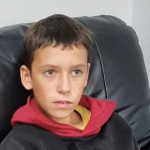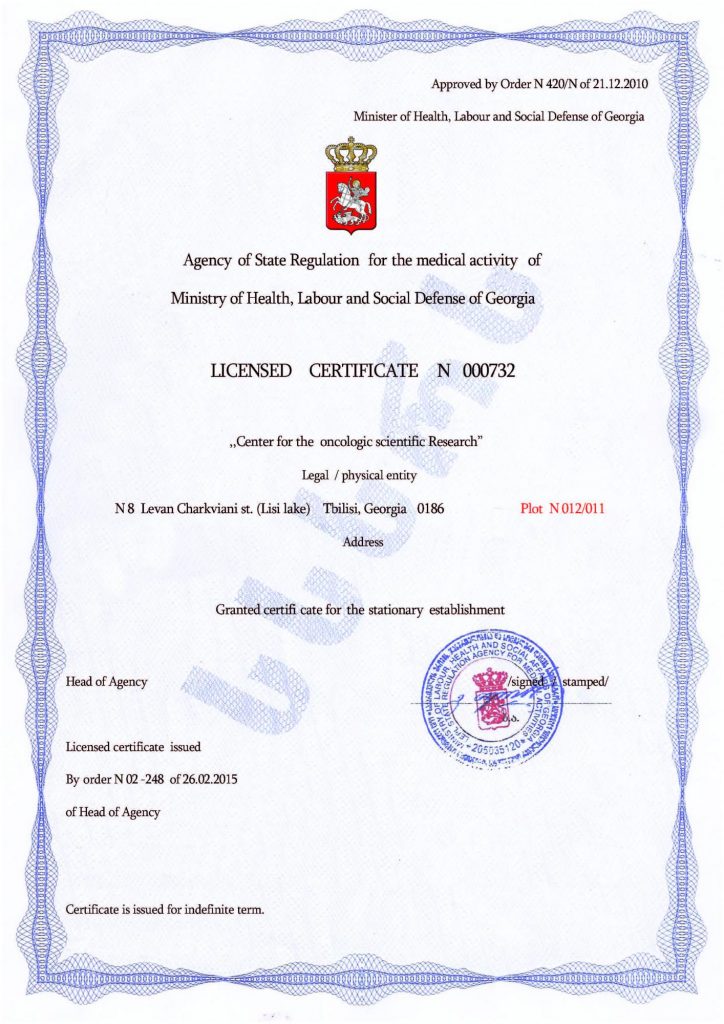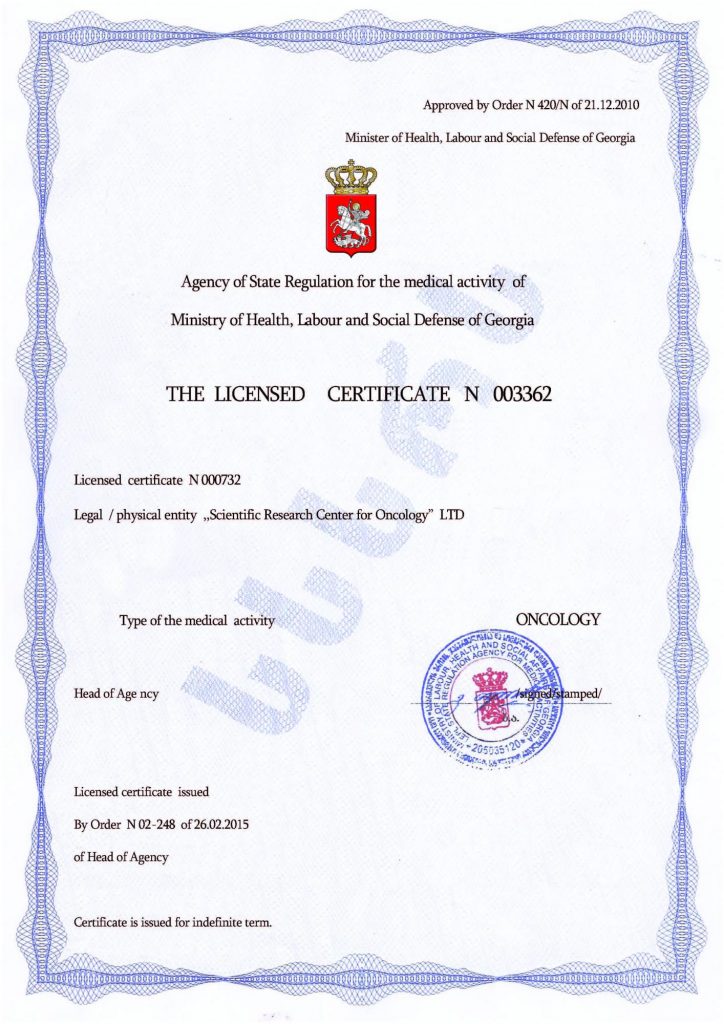Preventing Meltdowns and Stabilizing Behavior in Autism
Visiting even familiar public places like shopping centers can cause stress in an autistic child if, for example, the place is crowded. Such stress can lead to a meltdown. The same outcomes may happen at loud events, especially those with bright lights. For this reason, it is important to develop a comprehensive behavioral strategy in advance—one based on prevention, preparation, and appropriate responses to external stimuli.
- Even the act of leaving home can become a challenge, but it can be managed through various methods.
- Using social stories and visual schedules helps explain where the child is going in a clear and structured way. Photos or videos of the destination should be shown beforehand. Cards or apps can be used to explain the sequence of actions—for example, the connection between visiting the store, buying groceries, and returning home.
- It’s also necessary to set boundaries for acceptable behavior, such as staying close to the parents or speaking softly.
- This doesn’t mean the sensory system will function flawlessly.
- Be prepared with noise-canceling headphones, sunglasses, a favorite toy, a weighted blanket, or any other calming item that helps relieve stress.
- The child’s clothing should be made from soft fabrics and free of tags to avoid tactile discomfort.
- Before venturing into the outside world, training in a familiar, controlled, and therefore safe environment is helpful.
- Start with short visits to less crowded places—for example, choose a small store instead of a supermarket, and visit during the evening rather than peak hours. Gradually increase the duration and complexity of outings.
- Prior to an “excursion” into public spaces, preventative measures should be taken.
- To manage sensory load, avoid busy times of day, bright lighting, and loud music. At the first signs of overload—such as covering eyes or ears, or repetitive behaviors—immediately move to a quiet area, use earplugs or sunglasses.
- Regular breaks help maintain emotional and sensory balance; 5–10 minutes in a car or on a park bench can help the child regain self-control.
- For safety, the child should never be allowed to wander alone. Block access to dangerous areas like roads, fountains, or pools. If the child does “escape,” a GPS tracker or bracelet with parental contact info can help locate them.
- Behavioral guidance should not feel like authoritarian control—it should create positive emotions and a sense of teamwork. One form of encouragement might be a small task followed by praise or a symbolic reward, like a treat.
- Sometimes, offering the child a favorite item like a toy car or book in advance can help set a positive tone and support self-regulation.
- Preventing meltdowns requires early recognition of warning signs.
- These signs include increased repetitive movements, fast breathing, attempts to hide, or trembling hands—indicating overstimulation.
- Do not pressure the child or raise your voice. Speak calmly and use short phrases, offering comfort items such as headphones, sunglasses, or soothing objects.
- If the stress escalates to aggression, gently block any hits and lead the child to a quieter place or ask others to step back.
- The child must learn that tantrums are not an effective way to get what they want.
- If the child desires something, wait until they calm down before discussing the request. Otherwise, meltdowns may become a communication tool.
- While the above methods offer short-term solutions, long-term progress depends on teaching self-regulation skills.
- Since reasons for inappropriate behavior vary, it makes sense to keep a journal noting which strategies are most effective.
- Self-management can begin with a timer or notebook. For instance, the child can make a mark for sitting calmly for 5 minutes, or earn three marks in 15 minutes. They can also be engaged through an activity like a mobile game.
- For nonverbal children, alternative communication methods such as PECS cards or smartphone apps allow them to express fatigue or a desire to leave.
Due to neurodevelopmental impairments, behavior is not always controllable, and the smallest detail can cause imbalance. Therefore, eliminating the root cause—autism itself—becomes especially important. Only recently has a reliable and rapid method emerged. This breakthrough in treatment is cellular therapy—an innovative, safe, and natural approach that stimulates the body’s regenerative abilities.
This method involves the transplantation of stem cells, the fundamental components of all tissues, which can transform into any type of cell, identify damaged ones, and replace them with healthy equivalents that correctly process external information.
As a result, brain and nervous system functions normalize, behavioral reactions become more stable and predictable, development speeds up, and cognitive, sensory, motor, and other skills improve. The symptoms of autism are reduced, and in many cases, disappear entirely, no longer interfering with daily life. These effects last for years—and often a lifetime—making other supportive interventions more effective.
Cellular therapy has gained wide recognition and may become the main method for addressing autism and its symptoms. It is currently practiced by leading global clinics, including the Mardaleishvili Medical Center. The center’s highly qualified specialists have extensive experience in stem cell transplantation and use the latest equipment to ensure the best possible therapeutic outcomes. Treatment quality meets the highest international standards, while being more affordable than in many other developed countries. Furthermore, the center’s staff can assist at every stage—from travel planning to arranging accommodation during the brief rehabilitation period.
Fill out the feedback form — take advantage of what cellular therapy offers!
Autism Treatment Center Videos
Autism treatment with own stem cells
Cord blood association congress
International Quality Crown
Autism Treatment Reviews
Autism treatment with own stem cells
The story of Alessandro (6 years old)
Autism Patient Testimonial - Stem Cell Treatment
Clients Testimonials

Review by Anastasia, mother of Yusup (8 years old) Read More

Feedback from Nathalie, mother of Andre (9 years old) Read More

Feedback from Yulia, mother of Emily (7 years old) Read More

Feedback by Everita, Katrina’s mother (5 years old) Read More

Feedback from Igor, David’s father (12 years old) Read More












